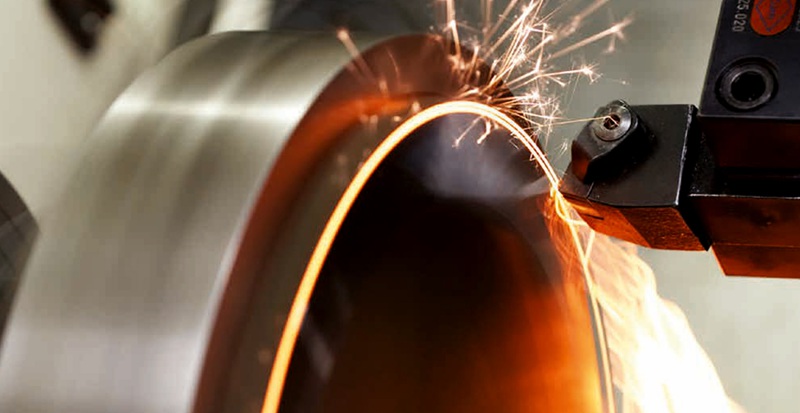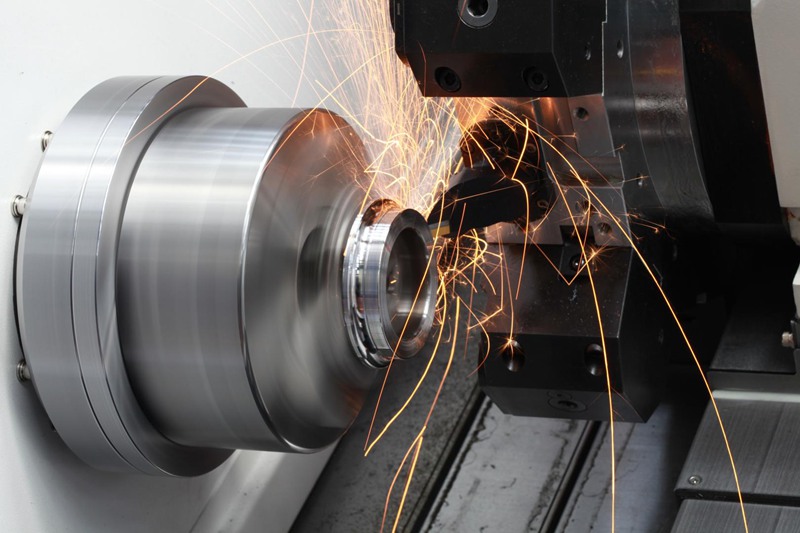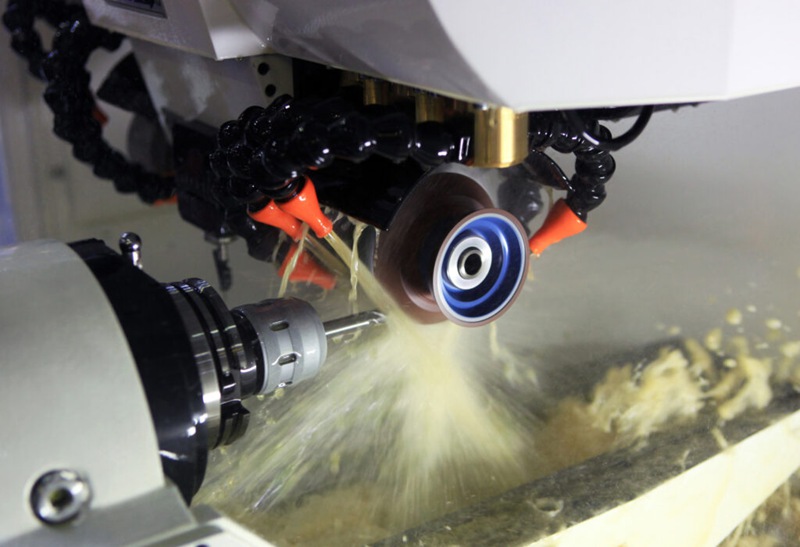In the precision machining industry, hard turning has gained significant traction as a vital process for producing high-quality components, especially in the automotive and aerospace sectors. Understanding hard turning speeds is essential for optimizing performance and ensuring the longevity of tools and workpieces. In this guide, we will explore the factors influencing hard turning speeds, recommended speeds for various materials, and practical tips to enhance your machining operations—all while showcasing Halnn's expertise in providing top-notch cutting tools.
Hard turning refers to the process of machining hardened materials, typically above 45 HRC, using specialized cutting tools. This method offers several advantages over traditional grinding, including reduced cycle times, improved surface finishes, and lower operational costs. By employing high-speed techniques, hard turning can achieve tight tolerances, making it ideal for intricate components like spline shafts and gears.

When determining the appropriate speeds for hard turning, several factors must be considered:
1. Material Properties: The hardness and toughness of the workpiece material directly impact the cutting speed. Harder materials require lower speeds to prevent excessive tool wear.
2. Tool Material: The choice of tool material, such as CBN (Cubic Boron Nitride) inserts, significantly influences speed capabilities. Halnn's BN-H21 C65 WNGA coated CBN inserts are designed to handle high cutting speeds while maintaining durability.
3. Machine Capabilities: The stability and power of the machine tool play a crucial role in setting optimal speeds. High-performance CNC machines allow for increased speeds without compromising precision.
4. Cooling and Lubrication: Proper cooling and lubrication can enhance tool performance and longevity. Utilizing advanced cooling techniques helps maintain optimal cutting conditions.
The relationship between cutting speed and tool life is critical in hard turning. Higher speeds can increase productivity but may lead to accelerated wear of the cutting tool. Conversely, too low a speed can result in poor surface finishes and increased machining time. Halnn's CBN inserts are engineered to balance these factors, providing both speed and durability for optimal performance.

Conduct Initial Tests: Begin with conservative speeds and gradually increase to find the optimal settings for your specific application.
Monitor Tool Wear: Regularly inspect tools to adjust speeds accordingly and prevent unexpected downtime.
Adjust for Conditions: Consider variations in workpiece material, tool wear, and cooling conditions when fine-tuning speeds.
Halnn has successfully collaborated with various manufacturers to optimize their hard turning processes. For instance, a prominent automotive supplier improved their production efficiency by 30% after switching to Halnn's CBN inserts and adjusting their cutting speeds based on our recommendations.
Understanding hard turning speeds is crucial for maximizing efficiency and quality in machining operations. By considering the influencing factors and applying the recommended practices, manufacturers can achieve better results with Halnn's advanced cutting tools. Harness the power of precision hard turning and elevate your machining capabilities with Halnn.
Hard turning speeds refer to the cutting speeds (measured in meters per minute) used when machining hardened materials, typically above 45 HRC, to achieve optimal performance and tool life.
The appropriate cutting speed is influenced by factors such as the material being machined, the hardness of the workpiece, the type of cutting tool used (e.g., CBN inserts), and the machine's capabilities. It's essential to reference guidelines and conduct trials to find the optimal speed.
For hard turning applications with CBN inserts, cutting speeds typically range from 80 to 140 m/min, depending on the material and specific conditions.
Higher cutting speeds can increase productivity but may lead to faster tool wear. Conversely, lower speeds can extend tool life but may reduce machining efficiency. Finding a balance is key for optimal performance.

No, different materials require different cutting speeds. For instance, hardened steels may be machined at higher speeds compared to other materials. Always refer to specific recommendations based on material properties.
For interrupted cuts, consider reducing the cutting speed slightly to accommodate the changes in load and avoid excessive tool wear. Monitoring tool performance during machining is crucial for adjustments.
Proper cooling and lubrication can enhance tool performance and allow for higher cutting speeds by reducing friction and heat generation. This helps maintain optimal cutting conditions and extends tool life.
Yes, operating at excessively high speeds can lead to increased tool wear, potential tool failure, and poor surface finish. It's important to stay within recommended speed ranges based on your specific application and materials.
For all inquiries, please fill in the form below (* are required) to send us a brief message, and we will get back to you as soon as possible.